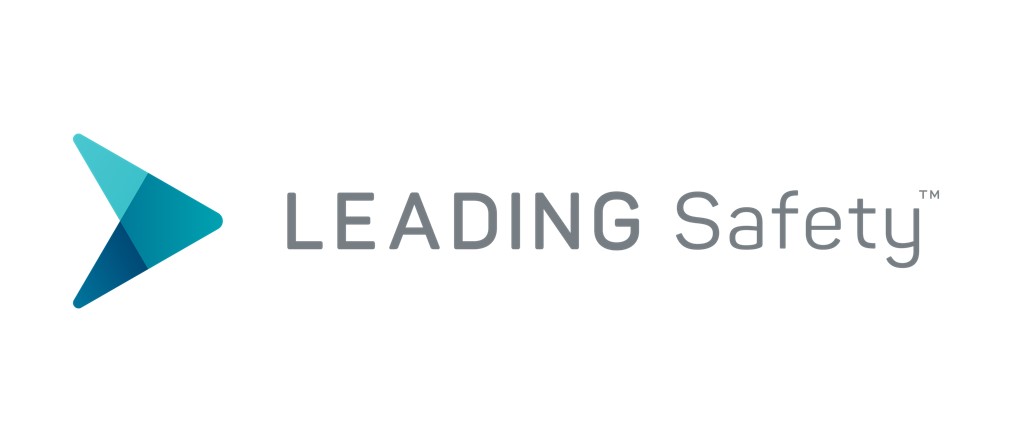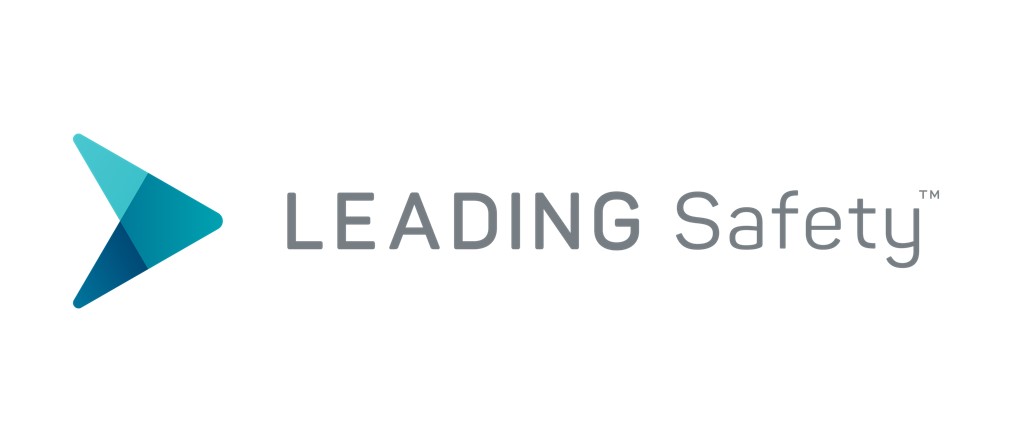Title Page
-
Site conducted
-
Conducted on
-
Prepared by
-
Location
Report
Immediate - Actions that need to be completed as soon as possible for compliance.
-
1. Put it on the organisation agenda: Make it a standing agenda item in board meetings. Here are six questions you can add to your agenda for board or leadership meetings.
-
a. Do we fully understand our obligations in relation to psychosocial risks? <br>Ensure all board members and leaders are aware of their specific duties and responsibilities.
-
b. What is the business case for managing psychosocial risks?<br>Present and discuss the business benefits of effective psychosocial risk management beyond it being a legal requirement.
-
c. Are we aware of all current psychosocial hazards impacting our organisation? Review the list of the 14 identified hazards and discuss any new potential hazards that might have emerged.
-
d. Are the current controls for managing these hazards effective? Discuss the effectiveness of each control measure in place and any evidence of their success or failure.
-
e. Are there any gaps or areas where our current controls are insufficient?<br>Identify any controls that are not adequately addressing the hazards and explore potential reasons for these gaps.
-
f. What updates or new controls should we consider to improve our risk management? Brainstorm and discuss new control measures or updates to existing ones that could better mitigate the identified risks.
-
2. Complete a psychosocial risk assessment with leadership<br>a. As a leadership group, identify and assess psychosocial hazards in your organisation and list current controls in place to address these hazards using a hierarchy.
-
3. Develop a psychosocial policy and procedure document<br>a. Create a foundational policy outlining the organisation’s commitment to and process of managing psychosocial risks.<br>
Short-Term - Actions that should be started within the next 3-6 months.
-
1. Training and awareness<br>a. Conduct training online or offline to support workers in understanding psychosocial hazards and the organisation’s risk management approach. (can we link to our training within SafetyCulture here?)
-
2. Consult workers<br>a. A short survey, focus group or interview to consult workers on the prevalence of hazards, their impact and their recommendations on how to control hazards.<br>
-
3. Update risk scores in risk assessment and consider next steps<br>a. Based on worker consultation, determine the potential risk of each hazard to determine priorities and consider reasonably practicable controls.<br>
Long-Term Recurring - Actions that can be planned for over the next year
-
1. Set a review date to update your risk assessment<br>a. Run the risk assessment process again in consultation with workers and determine next steps based on the data and trends.<br>
-
Document and communicate this well throughout the process.
Sign Off
-
Prepared by










